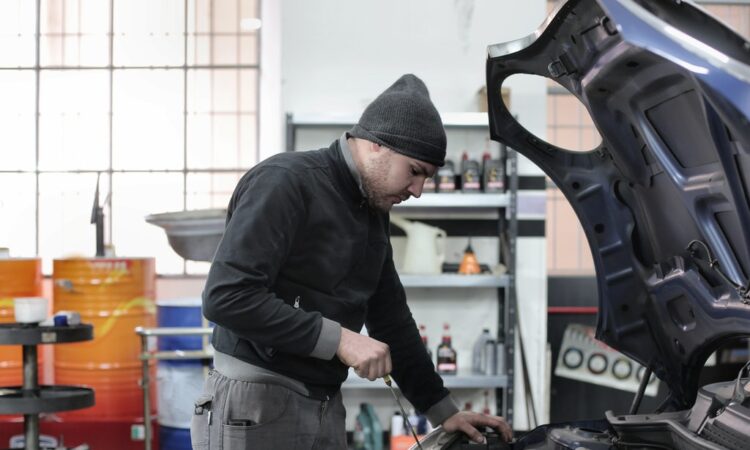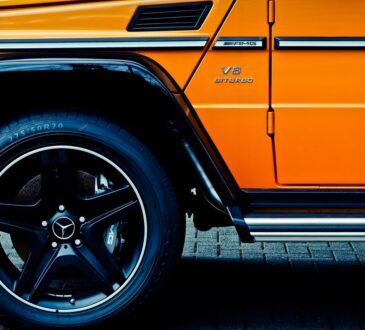
If you are a vehicle owner, chances are you want to get your car to stay in good working condition longer and look good too. How much time do you wait between oil changes? When do you have to replace your tires? We’re going to answer these questions and more in this roundup of easy, expert auto repair tips.
Get an Oil Change Regularly
Some experts recommend an oil change every 3,000 miles, but you should get one based on your driving conditions rather than your mileage. Stalling in city traffic every day or making frequent road trips will make your oil dirtier than someone who drives occasionally. You should also never skip an oil change. If you can’t gauge when you should get one based on your driving conditions, get one every 5,000 miles just to be safe.
Use Toothpaste to Clean Your Headlights
Cleaning your headlights makes your car look better instantly, and toothpaste is a great way to get that nasty grime off your headlights. Use a soft cloth smeared with toothpaste and rinse off with water. Make sure the toothpaste doesn’t go near the body of your car, as it might be a little too abrasive for the paint.
You Don’t Always Need a High-Mileage Oil Change
High-mileage oils contain conditioners that prevent oil leaks by rejuvenating seals. Even if you do have a vehicle with an engine that handles over 75,000 miles, you don’t need high-mileage oil unless your engine is burning or leaking oil. The best way to determine which oil works best for your car is to consult an ASE-certified technician. You may not need to pay the extra cost for high-mileage oil.
Get Fuel Injection and Other Maintenance Services
A fuel injection service improves your fuel economy, and you should get one at least every year. Additionally, you should change your engine’s air filter every 30,000 miles. This maximizes gas mileage.
Replace Your Tires
Tires undergo tremendous wear and tear. Underinflated tires are the leading cause of tire-related crashes and blowouts. You should frequently check your tires’ tread depth and pressure and look out for bumps and small objects lodged in the sidewall.



